We earn a commission for products purchased through some links in this article.

We're Living Through A Golden Age Of Nature Writing
Digital fatigue and environmental disaster have, paradoxically, lead to a resurgence of books on the power and meaning of the great outdoors. Here are some of the best
Nature writing - in which the beauty of the natural world is used as way of exploring inner turmoil - has enjoyed something of a commercial and critical renaissance in recent years. It's not hard to see why. Our obsession with technology has started to feel more like a trap, making the the great outdoors seem like an appealing balm. Meanwhile the encroaching disaster of climate change is forcing us to reevaluate our relationship with nature, and maybe even stop taking it for granted.
These memoirs or stories of intellectual reckoning, set against sweeping skies, meandering rivers and foreboding forests, are the best recent examples from a genre having a moment in the sun. Whether you're looking for guidance at a moment of crisis, or to get lost in evocative explorations of meadows and riverbanks, crack a spine and be transported.
To the River: A Journey Beneath the Surface by Olivia Laing
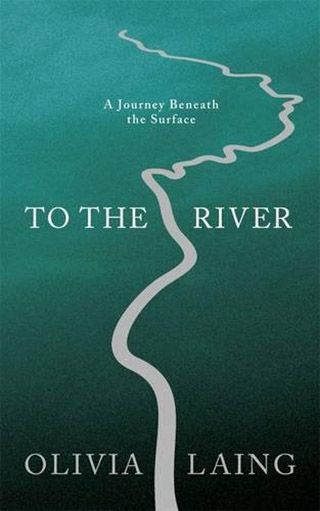
At a moment of personal crisis in her own life, British writer Olivia Laing walks the length of the river Ouse, the stretch of water where more than sixty years ago Virginia Woolf drowned herself. Over the course of a week walking from source to the sea she traces the memories of the writer's life that lurk beneath the surface of the water, and in turn grapples with her own ghosts.
H is for Hawk by Helen Macdonald
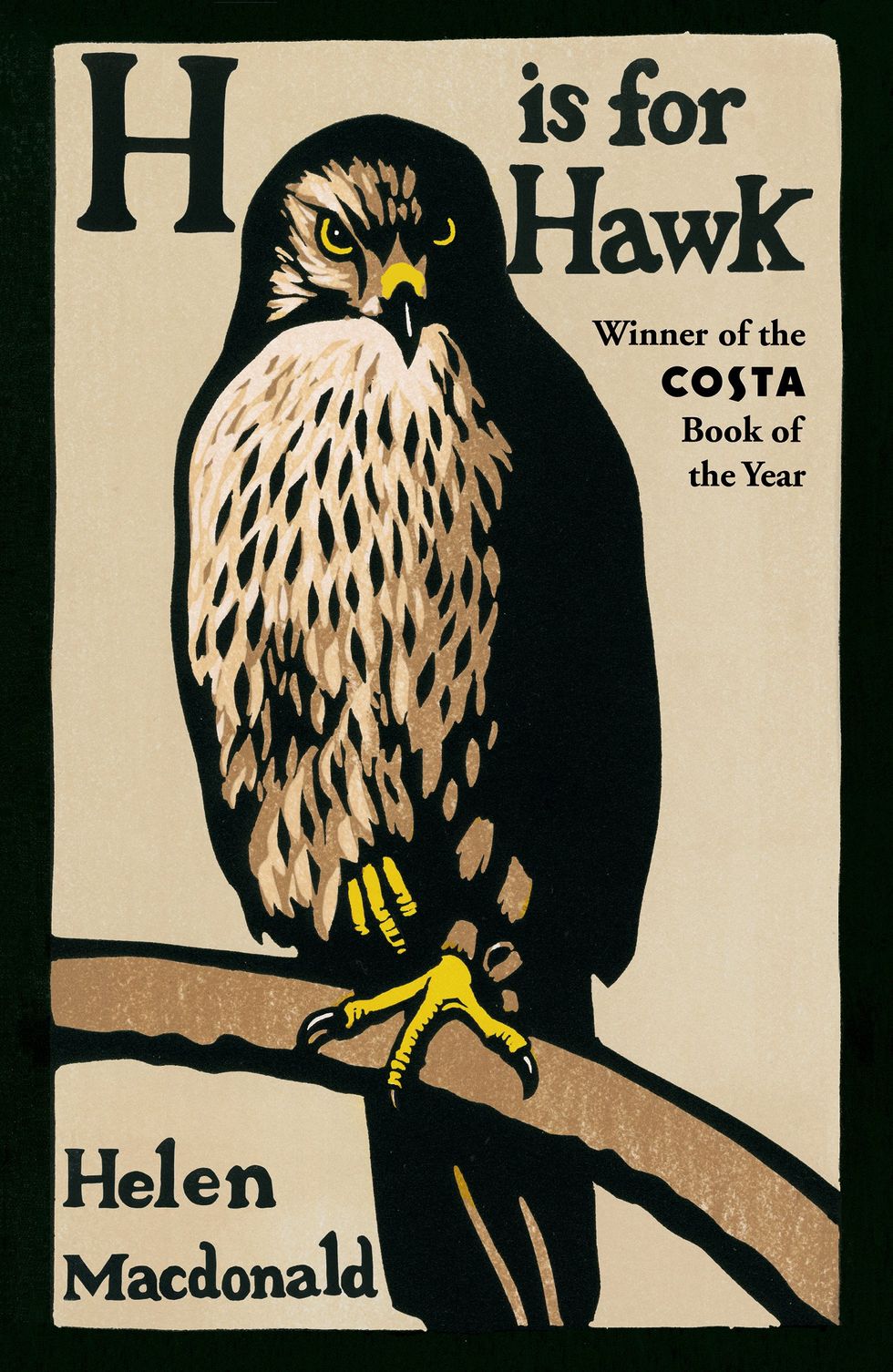
You might recognise the striking cover from seeing it dotted around tube carriages and airport terminals a few years ago. This award-winning book tells of how, in a moment of grief after her father's death, Macdonald spent £800 on a goshawk and tried to train it. Released in the same year as Max Porter's Grief is the Thing with The Feathers, it begun a trend of books which look to animals and nature for answers on life and death.
Out of the Woods by Luke Turner
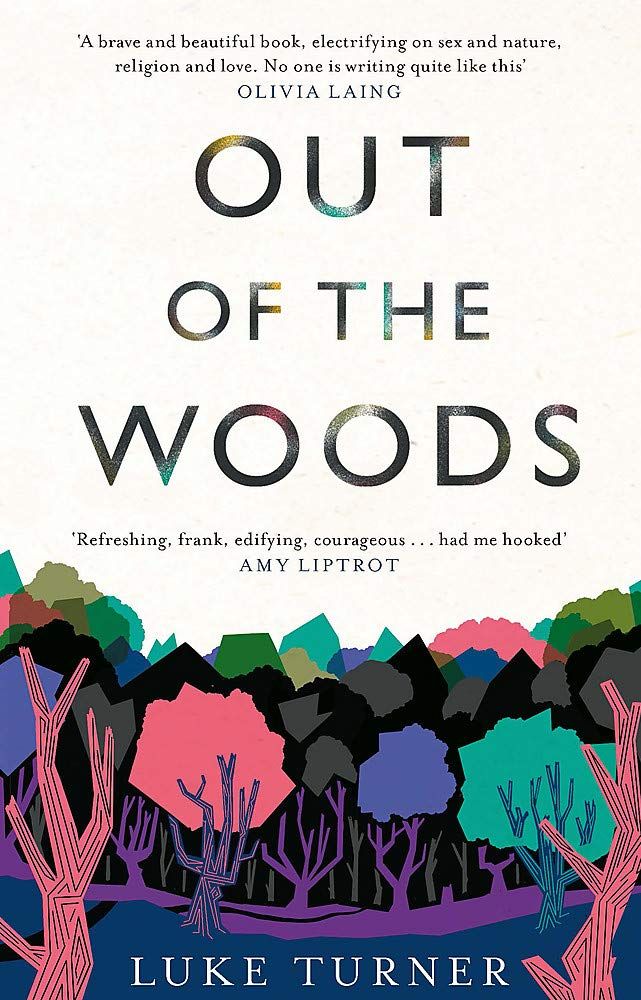
The Quietus co-founder Luke Turner's debut novel opens in the wreckage of a relationship as he comes to terms with being bisexual. Against the backdrop of the Epping Forest, which Turner has grown up in the shadow of, Out Of The Woods fuses the history of the forest with the winding paths and dead-ends of Turner's own life. In doing so it achieves that tricky balance of feeling both deeply personal and totally universal.
The Outrun by Amy Liptrot

One of the most popular examples of the new nature trend, Liptrot's book finds her returning to her hometown of Orkney as alcoholism threatens to engulf her life. By swimming and walking the sparsely populated island, its patterns of rebirth are a symbol of perseverance and growth. In coming home she finds a way back to herself.
Waterlog: A Swimmer's Journey through Britain by Roger Deakin
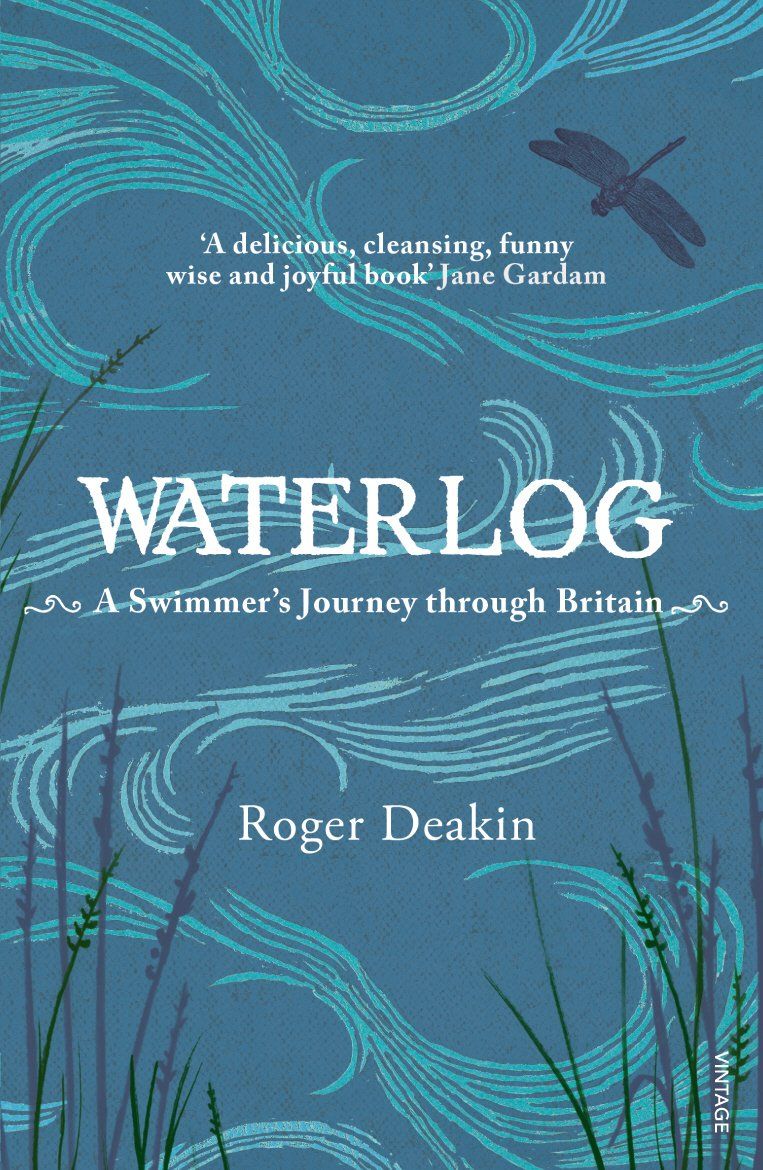
Water is both a mysterious and unknowable entity and a soothing tonic in Deakin's book about swimming through the British Isles. From the water he gains what he calls a "'frog's eye view" of the country, after incidents like being stopped and held by water bailiffs in Winchester and mistaken for a suicide on Camber sands. This fresh perspective from water also offers a reflection of his own life.
Feral by George Monbiot
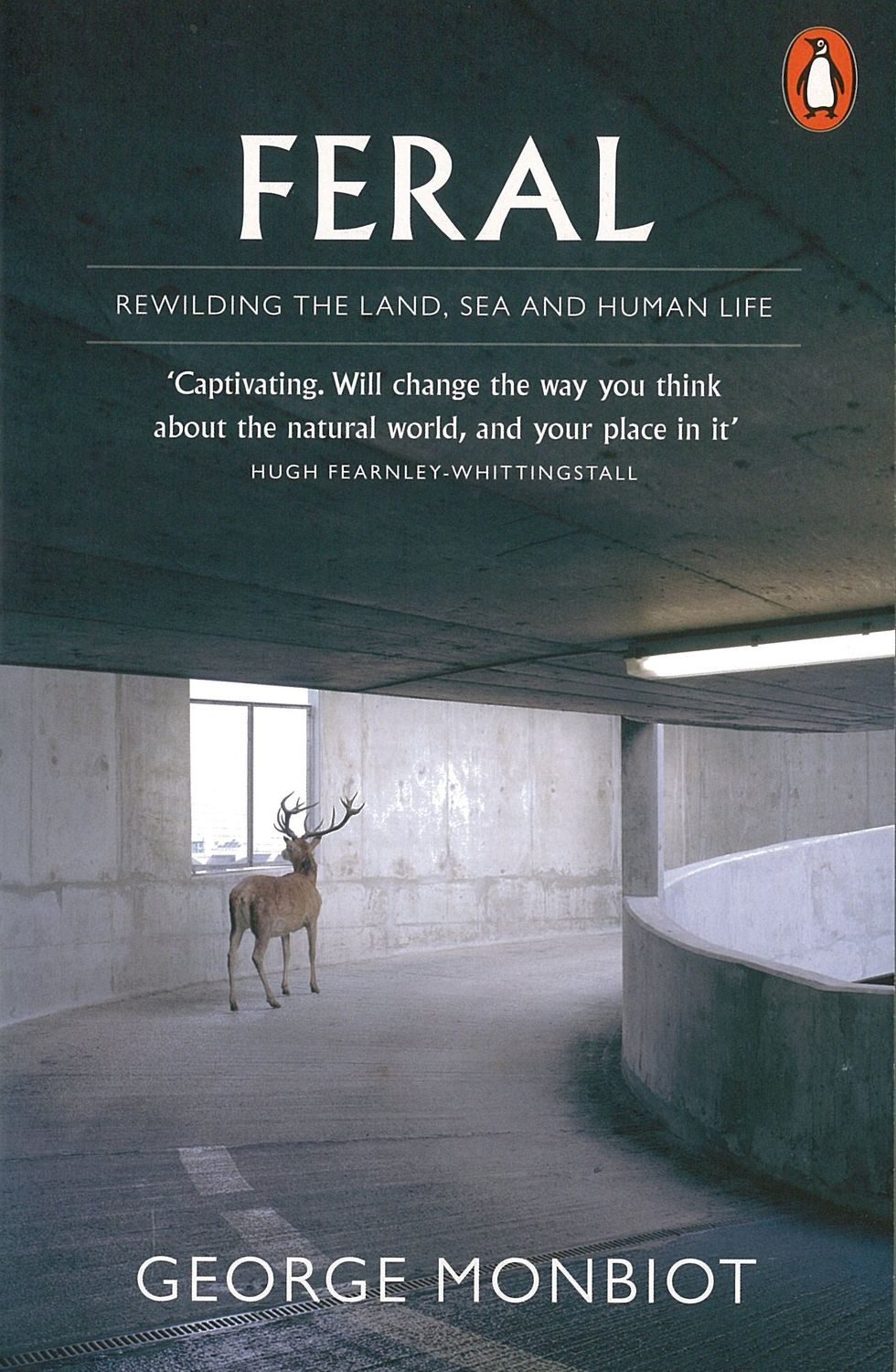
Distressed at capitalism and meaninglessness of life in modern cities, environmentalist George Monbiot retreats to rural Wales. The result of is a compelling case for the peace to be found from a simpler life and the solace that can be found in nature. A book that will have you longing to escape the rat race in favour of gulping some fresh air.
Nature Cure by Richard Mabey
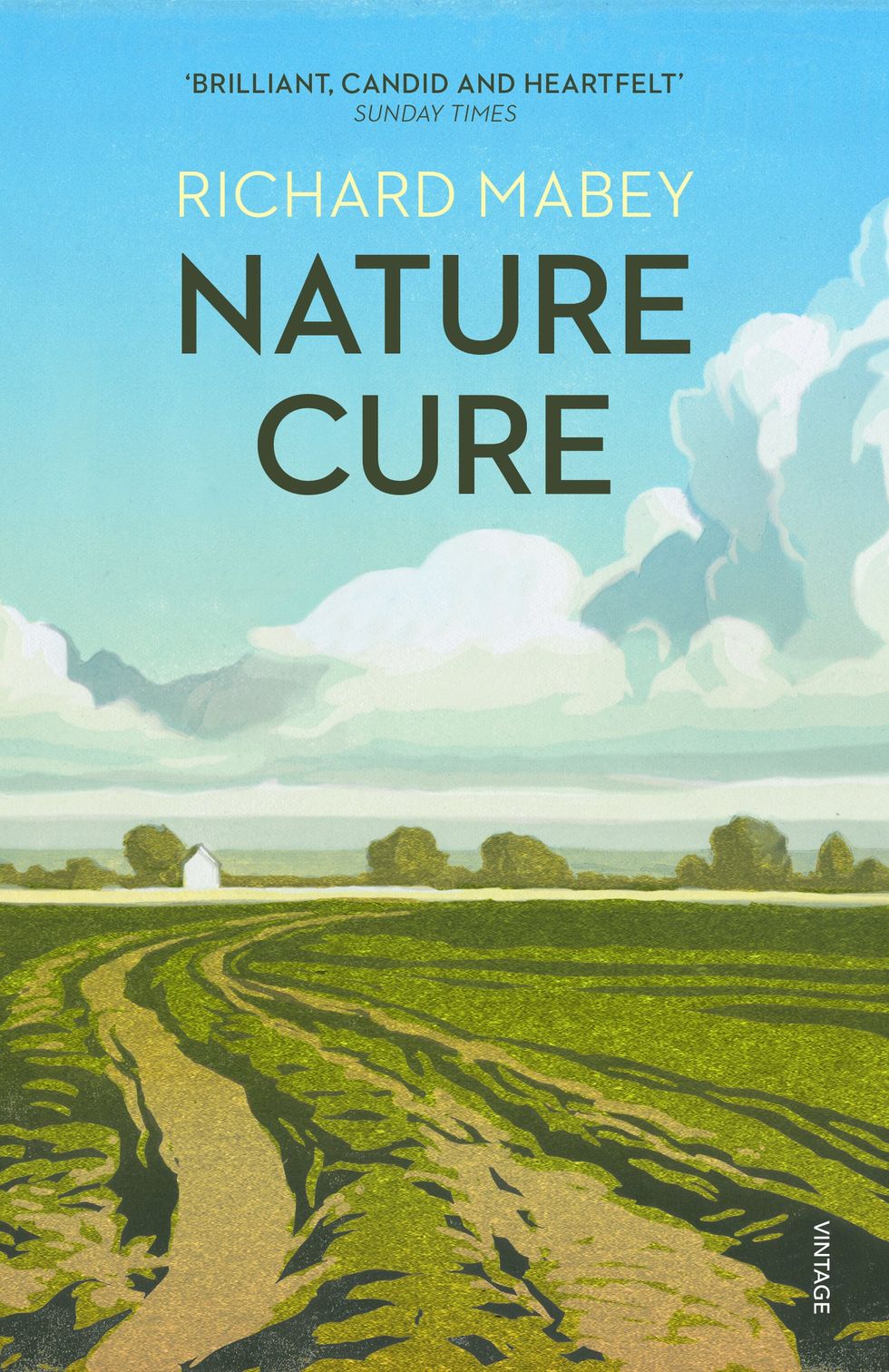
One the country's foremost nature writers, this book marked a departure for Richard Mabey who moved to a new part of the country following a bout of depression. There he renegotiates his longstanding relationship with the outdoors. The result is a book that sings with the restorative joys of nature.
A Field Guide to Getting Lost by Rebecca Solnit
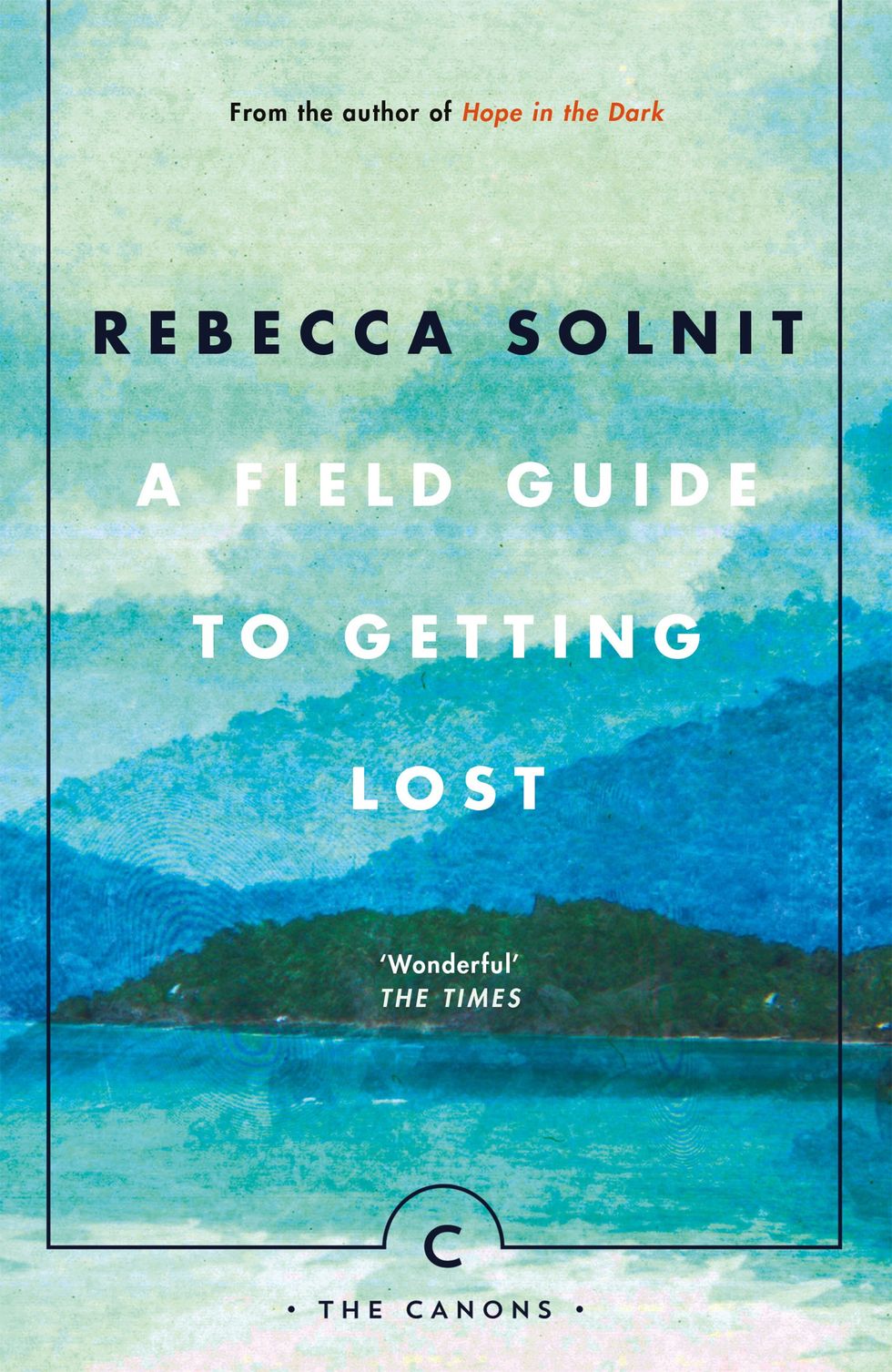
Solnit is mesmerising when writing on anything, be it Trump's election or mansplaning. This collection of essays is no different and finds a common theme in moments of uncertainty and change. In one standout, she ponders the fate of tortoises, threading together a memory of riding one in a zoo with their modern fate in our crumbling environment. Throughout, history, nature and Solnit's memories collide to create something meditative and stirring.

@media(max-width: 73.75rem){.css-1ktbcds:before{margin-right:0.4375rem;color:#FF3A30;content:'_';display:inline-block;}}@media(min-width: 64rem){.css-1ktbcds:before{margin-right:0.5625rem;color:#FF3A30;content:'_';display:inline-block;}} Books

Blood Loyalty

Is It A Betrayal To Publish Dead Writers' Books?
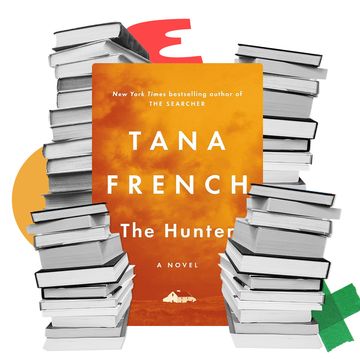
A Crime Fiction Master Flips the Script

The Worst Person Actually Living on the Planet

Too Big for Acting

Inside the Hugo Awards Meltdown
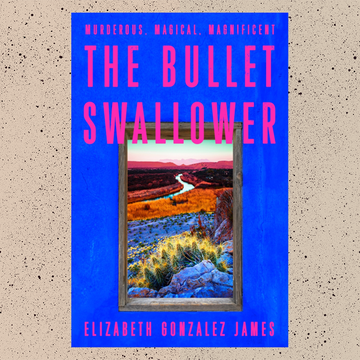
The Western Renaissance Begins With This Novel
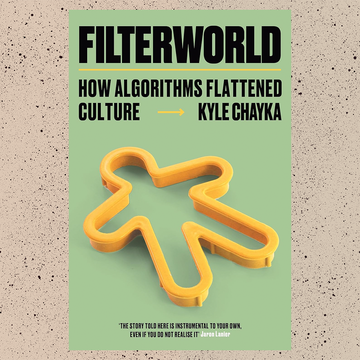
How to Take Back Your Life From Algorithms
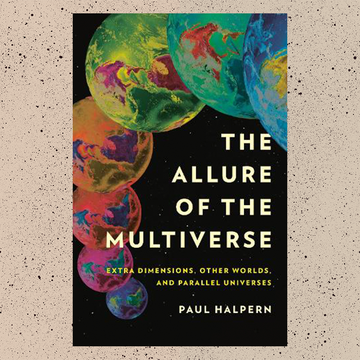
The End of the Multiverse

Ottessa Moshfegh Hits the Big Screen
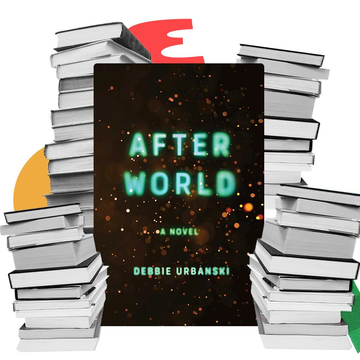
The End of the World, According to AI
Visit us today at 314 Main St, Cambridge, MA 02142 Close this alert

The Best American Science and Nature Writing 2023
Description.
Award-winning writer, columnist, and journalists Carl Zimmer selects twenty science and nature essays that represent the best examples of the form published in 2022.
“What's most compelling about a scientific story is the way it challenges us to think about the concepts we take for granted,” writes guest editor Carl Zimmer in his introduction. The essays in this year’s Best American Science and Nature Writing probe at the ordinary and urge us to think more deeply about our place in the world around us. From a hopeful portrait of a future for people with Alzheimer’s disease, to a fascinating exploration of the rise of nearsightedness in children, to the heroic story of a herd of cows that evaded a hurricane, these selections reveal how science and nature shape our everyday lives. With tremendous intelligence, clarity, and insight, this anthology offers an expansive look at where we are and where we are headed.
The Best American Science and Nature Writing 2023 includes JESSICA CAMILLE AGUIRRE • VANESSA GREGORY • SABRINA IMBLER FERRIS JABR • MARION RENAULT • ELIZABETH SVOBODA NATALIE WOLCHOVER • SARAH ZHANG and others
About the Author
CARL ZIMMER, guest editor, writes the Origins column for the New York Times . He is the author of fourteen books, including Life’s Edge and She Has Her Mother’s Laugh , both of which were finalists for the PEN/E.O. Wilson Literary Science Writing Award. Zimmer has written for magazines including T he Atlantic, National Geographic, Time, and Scientific American . He has won the American Association for the Advancement of Science’s Science Journalism Award three times, and is a two-time winner of the National Academies Communication Award. Zimmer is professor adjunct at Yale University
Jaime Green , series editor, is a science writer and essayist. Her work has appeared in The Atlantic, Slate, The Nation, The New York Times Book Review, Astrobites , and elsewhere. She is a lecturer at Smith College and the author of The Possibility of Life: Science, Imagination, and Our Quest for Kinship in the Cosmos.
Praise for The Best American Science and Nature Writing 2023
“Captivating. . . . The contributors showcase science journalism’s capacity to educate while entertaining, and the timely bent of the selections gives the collection a sense of urgency. . . . Readers will be enthralled.” — Publishers Weekly (starred review)
Other Books in Series

The Best American Short Stories 2023

The Best American Essays 2023

The Best American Science Fiction and Fantasy 2023

The Best American Poetry 2023 (The Best American Poetry series)

The Best American Mystery and Suspense 2023

The Best American Food Writing 2023

The Best American Essays 2022

The Best American Short Stories 2022

The Best American Science And Nature Writing 2022

The Best American Poetry 2022 (The Best American Poetry series)

The Best American Food Writing 2022

The Best American Science Fiction And Fantasy 2022

The Best American Mystery and Suspense 2022: A Mystery Collection

The Best American Short Stories 2021

The Best American Science Fiction And Fantasy 2021

The Best American Mystery And Suspense 2021: A Mystery Collection

The Best American Essays 2021

The Best American Poetry 2021 (The Best American Poetry series)

The Best American Food Writing 2021
You may also like.
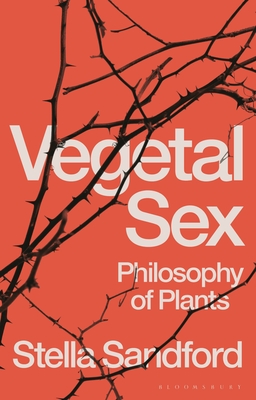
Vegetal Sex: Philosophy of Plants
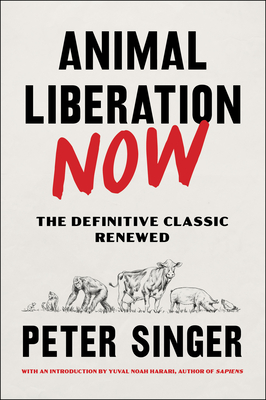
Animal Liberation Now: The Definitive Classic Renewed
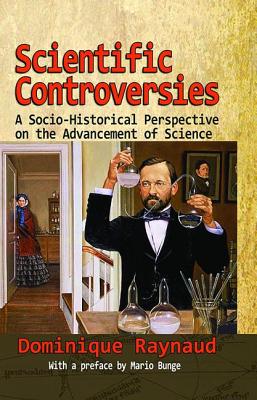
Scientific Controversies: A Socio-Historical Perspective on the Advancement of Science

The Language Game: How Improvisation Created Language and Changed the World
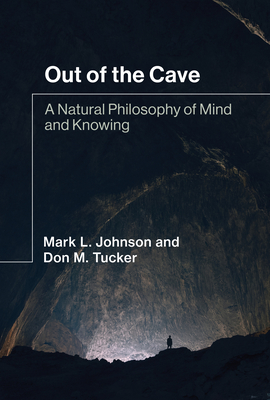
Out of the Cave: A Natural Philosophy of Mind and Knowing
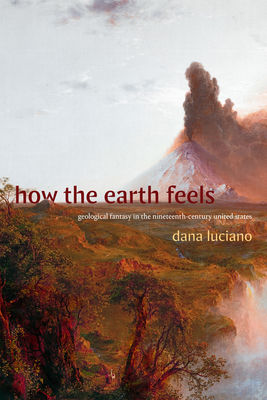
How the Earth Feels: Geological Fantasy in the Nineteenth-Century United States (Anima: Critical Race Studies Otherwise)
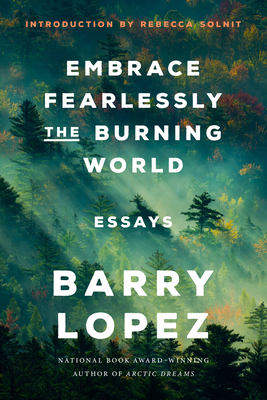
Embrace Fearlessly the Burning World: Essays
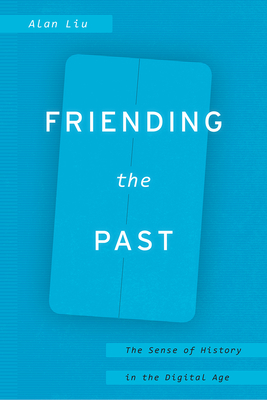
Friending the Past: The Sense of History in the Digital Age
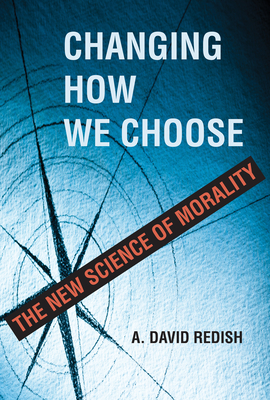
Changing How We Choose: The New Science of Morality

The Allure of the Multiverse: Extra Dimensions, Other Worlds, and Parallel Universes
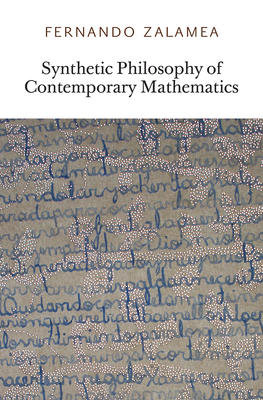
Synthetic Philosophy of Contemporary Mathematics
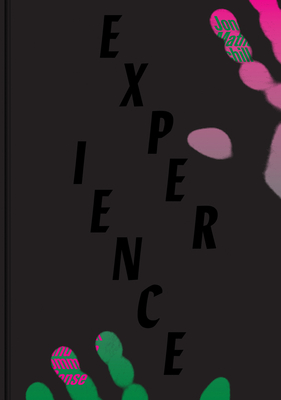
Experience: Culture, Cognition, and the Common Sense
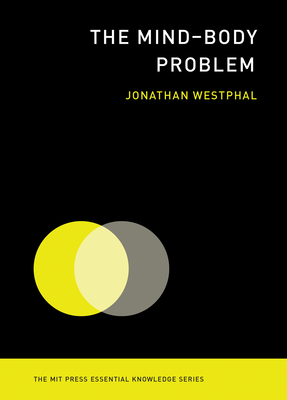
The Mind-Body Problem (The MIT Press Essential Knowledge series)
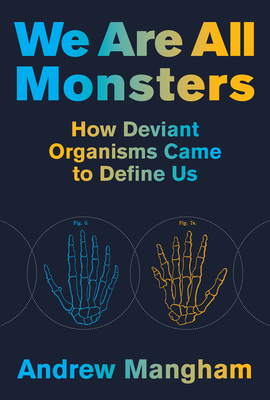
We Are All Monsters: How Deviant Organisms Came to Define Us
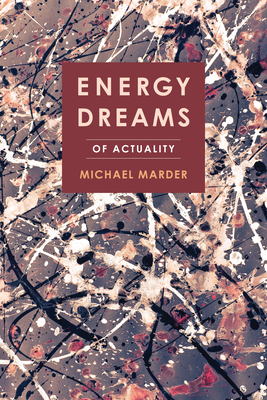
Energy Dreams: Of Actuality
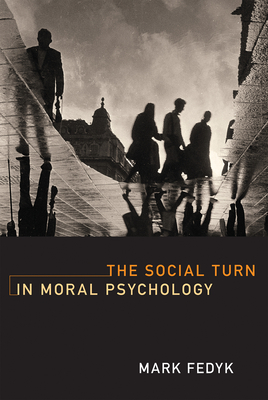
The Social Turn in Moral Psychology
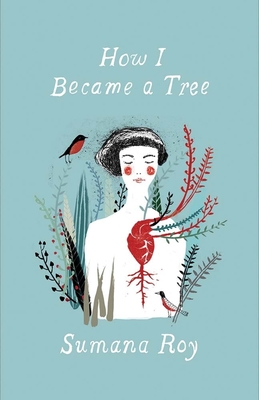
How I Became a Tree

Visual Phenomenology
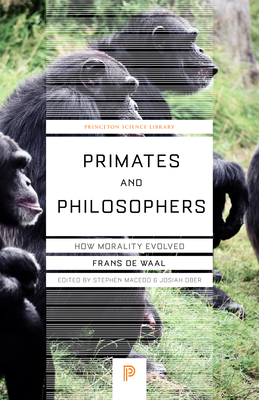
Primates and Philosophers: How Morality Evolved
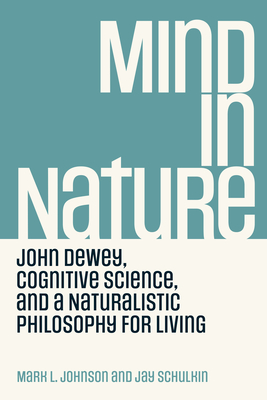
Mind in Nature: John Dewey, Cognitive Science, and a Naturalistic Philosophy for Living
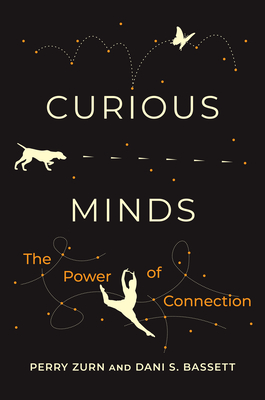
Curious Minds: The Power of Connection
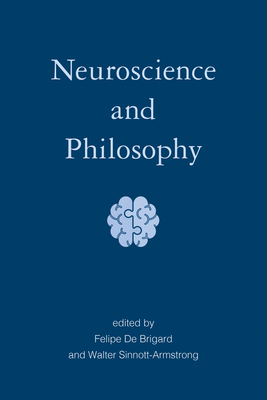

Neuroscience and Philosophy
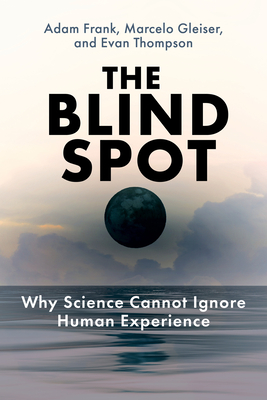
The Blind Spot: Why Science Cannot Ignore Human Experience
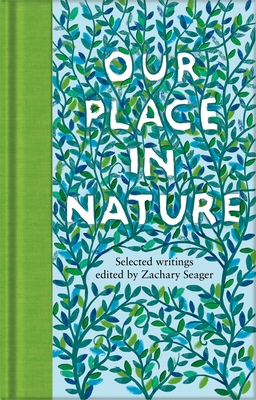
Our Place in Nature

Parenting on Earth: A Philosopher's Guide to Doing Right by Your Kids and Everyone Else
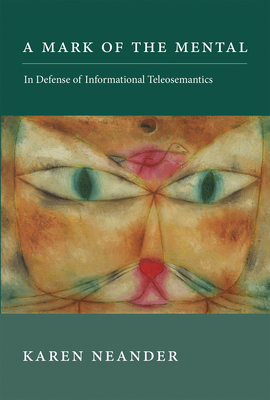
A Mark of the Mental: In Defense of Informational Teleosemantics (Life and Mind: Philosophical Issues in Biology and Psychology)
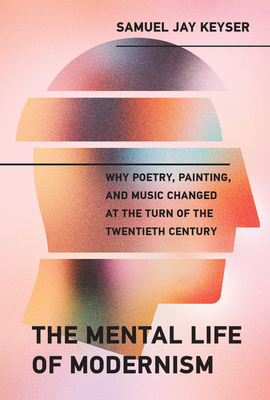
The Mental Life of Modernism: Why Poetry, Painting, and Music Changed at the Turn of the Twentieth Century
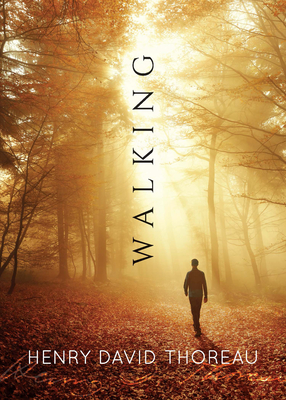
Sign up to receive our newsletter
News and information from Kendall Square's underground bookstore
- International edition
- Australia edition
- Europe edition
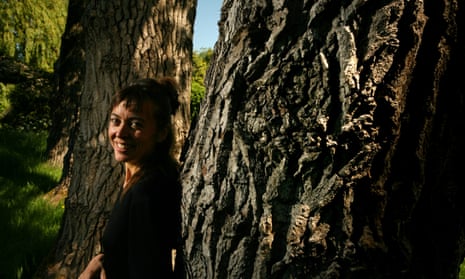
Top 10 nature memoirs
Moving on from writing that holds the natural world at arm’s length, authors have begun using intimate life to show nature as a protagonist in itself
T he lockdowns of 2020/2021 galvanised and expanded a readership drawn to writing about the natural world. For the fortunate, the pause and hush offered space to witness the seasons unfolding, to hear voices other than our own, and to realise “our” story is deeply entangled with other lives. Undisturbed by the hum of road and shipping traffic, birdsong and the buzz of pollinators were amplified in our days’ soundtracks, and whales were recorded for the first time speaking in complex “sentences” . With the grave threat posed by the compound climate, ecological and biodiversity crises, a need and longing to repair our connection to the living world is keenly felt by many, and literature is playing a key role.
While the early nature writing canon leaned towards natural history – often at arm’s length, often written by a man out in a “wild” place – recent forms are bringing the issues of our time closer to home in memoir, making vivid the lives of others – human and not. The diversification of authors and of the places, cultures, and beings represented are lending vitality to the genre. A current fascination with the intelligences of the “‘more-than-human” world is firmly placing nature as protagonist rather than in service to a human plot.
Given the Arctic is such an active protagonist in climate change, it is perhaps surprising that the genre has seldom ventured to the far north. I was lucky enough to spend half a decade in Iceland, leaning into its genius loci. I still do, whenever I get the chance: it is a place that allows me to think differently. My debut The Raven’s Nest is an ecological memoir set in its otherworldly Westfjords. I call it ecological because, in life as on the page, it manifests everything as relational and interdependent. Entangled with the story of my marriage to an Icelander, other stories – of people, ravens, storms, the supernatural, life and death – build a weave in cycles of light and dark, into the titular nest. Amid volcanic eruptions and melting ice sheets, people and place are continuous. We are increasingly aware that the far north is not remote but central – in the regulation of climate, ocean currents, and therefore in all our futures. Treading a fine line between insider and outsider, I felt compelled to record what I witnessed and became a part of.
What happens when we listen to the voices which make a place? How might we feel our entanglements with the world to know it as home and treat it as such, even when we are unsure where we belong to? These books, many with a focus on the far north and spanning nearly a century, have inspired how I explore this interplay between place, people, living, thought and the body.
1. A Woman in the Polar Night by Christiane Ritter In the winter of 1933/4 Ritter, an Austrian painter and self-proclaimed “housewife”, makes the radical decision to join her hunter-trapper husband and a Norwegian hunter in Arctic Spitsbergen, living together in a tiny hut. Often alone for long spells, her mundane chores and her will to survive the extremes uncover marvels, both in the place and her spirit. The imagistic prose is exhilarating. Written as a journal – with long periods tellingly absent – we witness her transformation as she relinquishes herself to this place.
2. The Living Mountain by Nan Shepherd This dazzling gem written in the 1940s is an intimate journey into the Cairngorms Massif. Shepherd swims naked in clear mountain lochs, walks to be with the mountains as companions, naps on them, looks at them upside down between her legs, thrills in the glow of sparks from her hobnail boots while nightwalking. She probes at the possible, but there are no heroics here. The summit is not the point. It is rather to find new thoughts in the material – in the here and now – which is also metaphysical.
3. Arctic Dreams: Imagination and Desire in a Northern Landscape by Barry Lopez Written in the 1980s, this is a portal into the Arctic before it was synonymous with climate change. Lopez’s masterwork is the result of years of travel, delving into its histories, fauna, ice, water, stars, light and people – both his Indigenous companions and visiting scientists and workers. Scientifically rigorous, poetic and often reverent in its tone, Lopez builds a prismatic portrait. We are in the hands of a truly reliable and loving guide: an ecologist with a profound respect for knowledge of all kinds, so humble and curious that his words and thoughts seem almost prayerful.
4. Wild: An Elemental Journey by Jay Griffiths Partly in response to a debilitating depression, Griffiths makes a seven-year journey across the Earth to which she gives everything, in search of the meaning of “wild” – in the world and in herself. Using the elements as a structural device – Earth, Water, Fire, Wind (and she adds Ice) – she travels to the Peruvian Amazon, the Indonesian Ocean, the Australian bush, the mountains of West Papua, and the Canadian Arctic. Through sharp and heartful observation of these places and a high regard for the indigenous knowledges she encounters, her philosophical inquiry takes us to far corners of our minds, using a deeply embodied prose and wild language that writhes on the tongue.

5. Braiding Sweetgrass by Robin Wall Kimmerer Kimmerer’s world is animate and abundant. She is in love with it, and moves through it as if it loves her back. She asks what might “right relationship” look like in a damaged world? What is the language of reciprocity, the “grammar of animacy”? Drawing on her native Potawatomi culture, twined with her training as a bryologist, she shows us how science and culture, myth and reality are not opposed but live within one another.
6. Land of Love and Ruins by Oddný Eir This beautiful, pioneering autofiction mainly set in Iceland is a deceptively small and easy text which covers vast swathes of philosophical terrain in a variety of landscapes and homescapes. Written as a journal marked by feast days, equinoxes and the stages of the moon, Eir’s sensuous and breezy narrative voice explores what shape of existence might allow a woman to tend well to all those relationships which make her: to her living kin, to her ancestors, to a partner and to the Earth itself, without losing herself.
7. Small Bodies of Water by Nina Mingya Powles A series of loosely connected essays, Small Bodies of Water’s luscious prose flows deftly between moments in the author’s international life, each so vividly and sensuously portrayed as to immerse us in a world, and the age at which that world was lived. We move with Powles across time and geography – from adolescence to adulthood , from Borneo to New Zealand to London – exploring the fluid (and sometimes suspended) nature of identity and home. Deeply embodied, the pleasures of swimming, food, languages, flora and fauna are keenly felt as anchors, and an almost aqueous merging of the bloodline across generations pulses through it.
8. Soundings by Doreen Cunningham A failed relationship and resulting professional and financial ruin compel former climate journalist Cunningham to make a bold move. Taking out a bank loan, she travels with her young son along the migration route of the grey whales, from Mexico to the Canadian Arctic, back to a family of Iñupiaq whale hunters who took her in as one of their own years earlier on a research trip. Cunningham’s honouring of the hunters’ culture is nuanced by this entanglement, and the endless wait of the whale hunt is made fascinating by her quiet observations. The protagonists make a deeply refreshing triad: a single mother travelling with her child, learning from the whales how to parent.
9. On Time and Water by Andri Snær Magnason A poetic and heartful treatise which argues that we lack the metaphors to carry the enormity of the ecological crisis. We do not – cannot – truly understand words such as “climate change” and “ocean acidification”, so cannot respond appropriately. Approaching them slant through myth and family history (his grandparents honeymooned as participants in one of the first Icelandic glaciological surveys) Magnason’s simple proposition elicits a shift in perspective to connect to the future “in an intimate and urgent way”. By invoking our time as “the handshake of generations” – the period inhabited by those who have loved us, ourselves, and those who we will love in the future – he brings the impacts of this unknown future close to our hearts.
10. Islands of Abandonment: Life in the Post Human Landscape by Cal Flyn In rigorously researched and poetic prose Flyn manages a rare feat: an angle on nature writing that is entirely new. Travelling to places that humans once inhabited, then destroyed and (mostly) left, she returns to see what has thrived in their wake. From the abandoned buildings of Detroit to Chernobyl to the “bings”(spoil heaps) of Scotland’s West Lothian, she finds a strange kind of abundance. Flyn proposes that rather than purely lamenting a lost vitality in the natural world, we might also reframe and cultivate our aesthetic sensibilities to see, and appreciate, the life in ruins.
The Raven’s Nest by Sarah Thomas is published by Atlantic Books. To help the Guardian and Observer, order your copy from guardianbookshop.com . Delivery charges may apply.
- Science and nature books
Comments (…)
Most viewed.

A Summary and Analysis of Ralph Waldo Emerson’s ‘Nature’
By Dr Oliver Tearle (Loughborough University)
‘Nature’ is an 1836 essay by the American writer and thinker Ralph Waldo Emerson (1803-82). In this essay, Emerson explores the relationship between nature and humankind, arguing that if we approach nature with a poet’s eye, and a pure spirit, we will find the wonders of nature revealed to us.
You can read ‘Nature’ in full here . Below, we summarise Emerson’s argument and offer an analysis of its meaning and context.
Emerson begins his essay by defining nature, in philosophical terms, as anything that is not our individual souls. So our bodies, as well as all of the natural world, but also all of the world of art and technology, too, are ‘nature’ in this philosophical sense of the world. He urges his readers not to rely on tradition or history to help them to understand the world: instead, they should look to nature and the world around them.
In the first chapter, Emerson argues that nature is never ‘used up’ when the right mind examines it: it is a source of boundless curiosity. No man can own the landscape: it belongs, if it belongs to anyone at all, to ‘the poet’. Emerson argues that when a man returns to nature he can rediscover his lost youth, that wide-eyed innocence he had when he went among nature as a boy.
Emerson states that when he goes among nature, he becomes a ‘transparent eyeball’ because he sees nature but is himself nothing: he has been absorbed or subsumed into nature and, because God made nature, God himself. He feels a deep kinship and communion with all of nature. He acknowledges that our view of nature depends on our own mood, and that the natural world reflects the mood we are feeling at the time.
In the second chapter, Emerson focuses on ‘commodity’: the name he gives to all of the advantages which our senses owe to nature. Emerson draws a parallel with the ‘useful arts’ which have built houses and steamships and whole towns: these are the man-made equivalents of the natural world, in that both nature and the ‘arts’ are designed to provide benefit and use to mankind.
The third chapter then turns to ‘beauty’, and the beauty of nature comprises several aspects, which Emerson outlines. First, the beauty of nature is a restorative : seeing the sky when we emerge from a day’s work can restore us to ourselves and make us happy again. The human eye is the best ‘artist’ because it perceives and appreciates this beauty so keenly. Even the countryside in winter possesses its own beauty.
The second aspect of beauty Emerson considers is the spiritual element. Great actions in history are often accompanied by a beautiful backdrop provided by nature. The third aspect in which nature should be viewed is its value to the human intellect . Nature can help to inspire people to create and invent new things. Everything in nature is a representation of a universal harmony and perfection, something greater than itself.
In his fourth chapter, Emerson considers the relationship between nature and language. Our language is often a reflection of some natural state: for instance, the word right literally means ‘straight’, while wrong originally denoted something ‘twisted’. But we also turn to nature when we wish to use language to reflect a ‘spiritual fact’: for example, that a lamb symbolises innocence, or a fox represents cunning. Language represents nature, therefore, and nature in turn represents some spiritual truth.
Emerson argues that ‘the whole of nature is a metaphor of the human mind.’ Many great principles of the physical world are also ethical or moral axioms: for example, ‘the whole is greater than its part’.
In the fifth chapter, Emerson turns his attention to nature as a discipline . Its order can teach us spiritual and moral truths, but it also puts itself at the service of mankind, who can distinguish and separate (for instance, using water for drinking but wool for weaving, and so on). There is a unity in nature which means that every part of it corresponds to all of the other parts, much as an individual art – such as architecture – is related to the others, such as music or religion.
The sixth chapter is devoted to idealism . How can we sure nature does actually exist, and is not a mere product within ‘the apocalypse of the mind’, as Emerson puts it? He believes it doesn’t make any practical difference either way (but for his part, Emerson states that he believes God ‘never jests with us’, so nature almost certainly does have an external existence and reality).
Indeed, we can determine that we are separate from nature by changing out perspective in relation to it: for example, by bending down and looking between our legs, observing the landscape upside down rather than the way we usually view it. Emerson quotes from Shakespeare to illustrate how poets can draw upon nature to create symbols which reflect the emotions of the human soul. Religion and ethics, by contrast, degrade nature by viewing it as lesser than divine or moral truth.
Next, in the seventh chapter, Emerson considers nature and the spirit . Spirit, specifically the spirit of God, is present throughout nature. In his eighth and final chapter, ‘Prospects’, Emerson argues that we need to contemplate nature as a whole entity, arguing that ‘a dream may let us deeper into the secret of nature than a hundred concerted experiments’ which focus on more local details within nature.
Emerson concludes by arguing that in order to detect the unity and perfection within nature, we must first perfect our souls. ‘He cannot be a naturalist until he satisfies all the demands of the spirit’, Emerson urges. Wisdom means finding the miraculous within the common or everyday. He then urges the reader to build their own world, using their spirit as the foundation. Then the beauty of nature will reveal itself to us.
In a number of respects, Ralph Waldo Emerson puts forward a radically new attitude towards our relationship with nature. For example, although we may consider language to be man-made and artificial, Emerson demonstrates that the words and phrases we use to describe the world are drawn from our observation of nature. Nature and the human spirit are closely related, for Emerson, because they are both part of ‘the same spirit’: namely, God. Although we are separate from nature – or rather, our souls are separate from nature, as his prefatory remarks make clear – we can rediscover the common kinship between us and the world.
Emerson wrote ‘Nature’ in 1836, not long after Romanticism became an important literary, artistic, and philosophical movement in Europe and the United States. Like Wordsworth and the Romantics before him, Emerson argues that children have a better understanding of nature than adults, and when a man returns to nature he can rediscover his lost youth, that wide-eyed innocence he had when he went among nature as a boy.
And like Wordsworth, Emerson argued that to understand the world, we should go out there and engage with it ourselves, rather than relying on books and tradition to tell us what to think about it. In this connection, one could undertake a comparative analysis of Emerson’s ‘Nature’ and Wordsworth’s pair of poems ‘ Expostulation and Reply ’ and ‘ The Tables Turned ’, the former of which begins with a schoolteacher rebuking Wordsworth for sitting among nature rather than having his nose buried in a book:
‘Why, William, on that old gray stone, ‘Thus for the length of half a day, ‘Why, William, sit you thus alone, ‘And dream your time away?
‘Where are your books?—that light bequeathed ‘To beings else forlorn and blind! ‘Up! up! and drink the spirit breathed ‘From dead men to their kind.
Similarly, for Emerson, the poet and the dreamer can get closer to the true meaning of nature than scientists because they can grasp its unity by viewing it holistically, rather than focusing on analysing its rock formations or other more local details. All of this is in keeping with the philosophy of Transcendentalism , that nineteenth-century movement which argued for a kind of spiritual thinking instead of scientific thinking based narrowly on material things.
Emerson, along with Henry David Thoreau, was the most famous writer to belong to the Transcendentalist movement, and ‘Nature’ is fundamentally a Transcendentalist essay, arguing for an intuitive and ‘poetic’ engagement with nature in the round rather than a coldly scientific or empirical analysis of its component parts.
Discover more from Interesting Literature
Subscribe now to keep reading and get access to the full archive.
Type your email…
Continue reading
Authors & Events
Recommendations

- New & Noteworthy
- Bestsellers
- Popular Series
- The Must-Read Books of 2023
- Popular Books in Spanish
- Coming Soon
- Literary Fiction
- Mystery & Thriller
- Science Fiction
- Spanish Language Fiction
- Biographies & Memoirs
- Spanish Language Nonfiction
- Dark Star Trilogy
- Ramses the Damned
- Penguin Classics
- Award Winners
- The Parenting Book Guide
- Books to Read Before Bed
- Books for Middle Graders
- Trending Series
- Magic Tree House
- The Last Kids on Earth
- Planet Omar
- Beloved Characters
- The World of Eric Carle
- Llama Llama
- Junie B. Jones
- Peter Rabbit
- Board Books
- Picture Books
- Guided Reading Levels
- Middle Grade
- Activity Books
- Trending This Week
- Top Must-Read Romances
- Page-Turning Series To Start Now
- Books to Cope With Anxiety
- Short Reads
- Anti-Racist Resources
- Staff Picks
- Memoir & Fiction
- Features & Interviews
- Emma Brodie Interview
- James Ellroy Interview
- Nicola Yoon Interview
- Qian Julie Wang Interview
- Deepak Chopra Essay
- How Can I Get Published?
- For Book Clubs
- Reese's Book Club
- Oprah’s Book Club
- happy place " data-category="popular" data-location="header">Guide: Happy Place
- the last white man " data-category="popular" data-location="header">Guide: The Last White Man
- Authors & Events >
- Our Authors
- Michelle Obama
- Zadie Smith
- Emily Henry
- Amor Towles
- Colson Whitehead
- In Their Own Words
- Qian Julie Wang
- Patrick Radden Keefe
- Phoebe Robinson
- Emma Brodie
- Ta-Nehisi Coates
- Laura Hankin
- Recommendations >
- 21 Books To Help You Learn Something New
- The Books That Inspired "Saltburn"
- Insightful Therapy Books To Read This Year
- Historical Fiction With Female Protagonists
- Best Thrillers of All Time
- Manga and Graphic Novels
- happy place " data-category="recommendations" data-location="header">Start Reading Happy Place
- How to Make Reading a Habit with James Clear
- Why Reading Is Good for Your Health
- 10 Facts About Taylor Swift
- New Releases
- Memoirs Read by the Author
- Our Most Soothing Narrators
- Press Play for Inspiration
- Audiobooks You Just Can't Pause
- Listen With the Whole Family

Look Inside
Nature and Selected Essays
By ralph waldo emerson introduction by larzer ziff edited by larzer ziff, category: essays & literary collections | classic nonfiction | science & technology | philosophy.
May 27, 2003 | ISBN 9780142437629 | 5-1/16 x 7-3/4 --> | ISBN 9780142437629 --> Buy
May 27, 2003 | ISBN 9780593512258 | ISBN 9780593512258 --> Buy
Buy from Other Retailers:
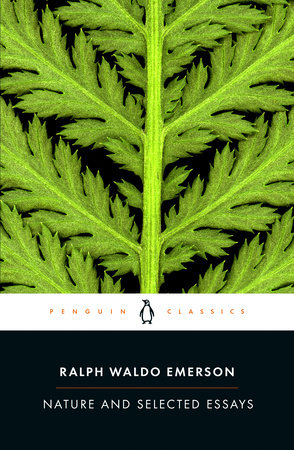
May 27, 2003 | ISBN 9780142437629
May 27, 2003 | ISBN 9780593512258
Buy the Ebook:
- Barnes & Noble
- Books A Million
- Google Play Store
About Nature and Selected Essays
An indispensible look at Emerson’s influential life philosophy Through his writing and his own personal philosophy, Ralph Waldo Emerson unburdened his young country of Europe’s traditional sense of history and showed Americans how to be creators of their own circumstances. His mandate, which called for harmony with, rather than domestication of, nature, and for a reliance on individual integrity, rather than on materialistic institutions, is echoed in many of the great American philosophical and literary works of his time and ours, and has given an impetus to modern political and social activism. Larzer Ziff’s introduction to this collection of fifteen of Emerson’s most significant writings provides the important backdrop to the society in which Emerson lived during his formative years. For more than seventy years, Penguin has been the leading publisher of classic literature in the English-speaking world. With more than 1,700 titles, Penguin Classics represents a global bookshelf of the best works throughout history and across genres and disciplines. Readers trust the series to provide authoritative texts enhanced by introductions and notes by distinguished scholars and contemporary authors, as well as up-to-date translations by award-winning translators.
Also by Ralph Waldo Emerson
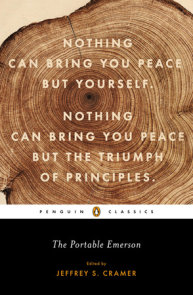
About Ralph Waldo Emerson
Ralph Waldo Emerson (1803–1882) was a renowned lecturer and writer whose ideas on philosophy, religion, and literature influenced many writers, including Henry David Thoreau and Walt Whitman. After an undergraduate career at Harvard, he studied at Harvard Divinity School and… More about Ralph Waldo Emerson
Product Details
Category: essays & literary collections | classic nonfiction | science & technology | philosophy, you may also like.
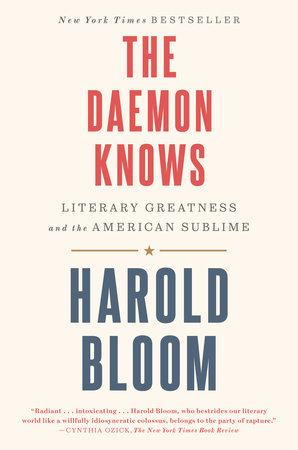
The Daemon Knows

Portable Magic
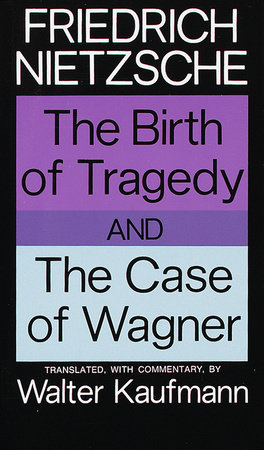
The Birth of Tragedy and The Case of Wagner
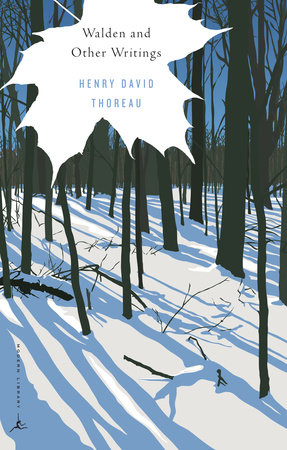
Walden and Other Writings
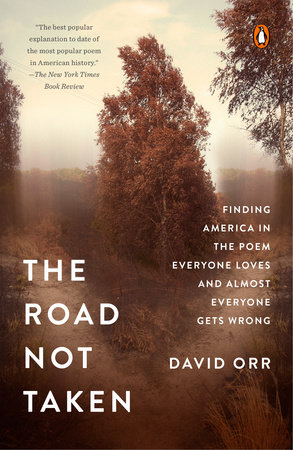
The Road Not Taken
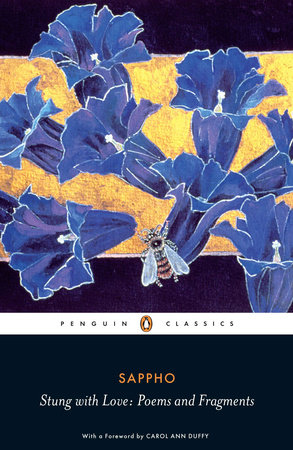
Stung with Love
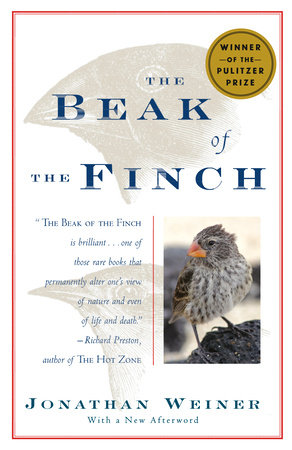
The Beak of the Finch

Paradise Lost
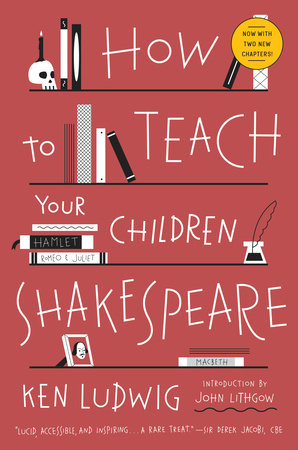
How to Teach Your Children Shakespeare
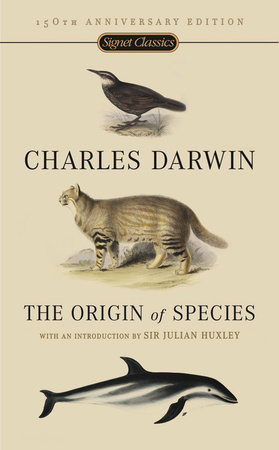
Government Book Talk
- Comments Policy
- Captivating Posters from the NPS
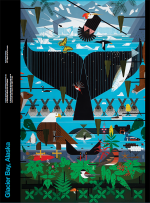
Here are a few of the National Park posters featuring Charley Harper’s artwork:
Glacier Bay, Alaska poster explores the abundance and variety of life inhabiting the Bay.
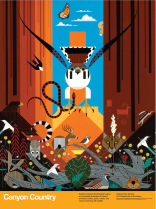
Plus, seven more amazing posters of enduring beauty are available here .
These iconic posters feature vivid colors, simplified shapes, and a whimsical depiction of the flora and fauna of each park. They continue to be popular today, celebrating the beauty and diversity of America’s national parks.
The GPO Online Bookstore – Easy Access to Federal Publications
HOW DO I OBTAIN THESE RESOURCES?
Sign up to receive promotional bulletin emails from the U.S. Government Online Bookstore.
Shop Online Anytime: You can buy a vast majority of eBooks or print publications —with FREE Standard Shipping worldwide— from the U.S. Government Online Bookstore at https://bookstore.gpo.gov.
- Click here to purchase Glacier Bay, Alaska
- Click here to purchase Canyon Country
- Click here to purchase The Coral Reef
- Click here to browse our National Parks Poster collection
Order by Phone or Email: Call our Customer Contact Center Monday through Friday, 8 am to 4:30 pm Eastern (except US Federal holidays). From US and Canada, call toll-free 1.866.512.1800. DC or International customers call +1.202.512.1800. Email orders to [email protected]
Visit a Federal depository library: Search for U.S. Government publications in a nearby Federal depository library. You can find the records for most titles in GPO’s Catalog of U.S. Government Publications.
Find more than a million official Federal Government publications from all three branches at www.govinfo.gov .
About the author : Blogger contributor Ed Kessler is a Promotions Specialist in GPO’s Publications and Information Sales Office.
Images and additional content provided by Government Book Talk Editor Trudy Hawkins. Trudy i s the Senior Marketing & Promotions Specialist in GPO’s Publication & Information Sales Office supporting the U.S. Government Online Bookstore ( https://bookstore.gpo.gov ) .
SHARE THIS:
This entry was posted on Friday, March 29th, 2024 at 2:35 pm and is filed under Art , Art and Architecture , Department of the Interior , National Park Service , National Park Service . You can follow any responses to this entry through the RSS 2.0 feed. You can leave a response , or trackback from your own site.
Leave a comment Cancel reply
This site uses Akismet to reduce spam. Learn how your comment data is processed .
Subscribe to Email Alerts
Enter your email address to subscribe to Government Book Talk and receive notifications of new blog posts by email.
Email Address:
Sign me up!
Search our blog
Gpo blog rss feed.

Recent Posts
- National Credit Union Administration Resources
- Budget of the United States Government
- Best Selling Federal Books
- NEW! Federal Benefits for Veterans
View Posts by Month
View posts by topic, i. gpo for the public & library community.
- a) US Government Bookstore
- b) GPO Newsroom & Media
- c) FDSys Document Search
- d) Federal Depository Libraries
- e) FDLP Community Blogs
- f) Catalog of Government Publications (CGP)
- g) Kids' Guide to Government
- h) GPO on Facebook
- i) GPO on YouTube
- j) GPO on Pinterest
- k) GPO on Twitter
II. GPO for Federal Agencies
- a) GPO Main Site
- b) Find Your GPO National Account Manager (NAM) by State
- c) GPO Events Calendar
- d) GPO Discount Paper Store
- e) GPO Express Print-on-Demand via FedEx Kinko's
- f) Secure Cards & Credentials
- g) GPO Institute: Training for Publishing & Communications
GPO on Twitter
Top posts trending this week.
- Captivating Posters from the NPS
- National Credit Union Administration Resources
- Budget of the United States Government
- NEW! Federal Benefits for Veterans
- Best Selling Federal Books
- NEW! 2024 NASA Science Calendar
- Celebrating MLK Day
- Black History Month
Most Frequent Categories
Most frequent tags.
Blog at WordPress.com.

- Already have a WordPress.com account? Log in now.
- Subscribe Subscribed
- Copy shortlink
- Report this content
- View post in Reader
- Manage subscriptions
- Collapse this bar

Harvard removes cover made of human skin from 1800s book stored in library
Don’t judge a book by its cover — unless, of course, it’s made from human skin.
Harvard University announced it removed a binding made of the skin of a deceased woman from the 19th-century book “Des Destinées de l’Ame,” which they house in their library.
The Ivy League school “concluded that the human remains used in the book’s binding no longer belong in the Harvard Library collections, due to the ethically fraught nature of the book’s origins and subsequent history,” Harvard said in a statement on their website.
The book, written by French novelist Arsène Houssay, translates into “Destinies of the Soul” and has been in the school’s library since 1934.
The book’s first owner, a French doctor named Dr. Ludovic Bouland, bound the book with skin from an anonymous dead patient without her consent.
“The Library is now in the process of conducting additional provenance and biographical research into the book, Bouland, and the anonymous female patient, as well as consulting with appropriate authorities at the University and in France to determine a final respectful disposition of these human remains,” the school’s statement continued.
Until recently, the book was available to people who asked for it for whatever reason.
“Lore suggests that decades ago, students employed to page collections in Houghton’s stacks were hazed by being asked to retrieve the book without being told it included human remains,” the statement revealed.
In a Q&A issued by Harvard , Tom Hyry, an archivist at the school’s Houghton Library, called the decision about the book an “unusual circumstance.”
“ The core problem with the volume’s creation was a doctor who didn’t see a whole person in front of him and carried out an odious act of removing a piece of skin from a deceased patient, almost certainly without consent, and used it in a book binding that has been handled by many for more than a century. We believe it’s time the remains be put to rest,” he said.
After 2014 tests confirmed the book was bound with skin, Harvard had a more flippant response, The Guardian reported .
“Good news for fans of anthropodermic bibliopegy, bibliomaniacs and cannibals alike,” the school said at the time.
They have since issued a mea culpa for their “sensationalistic, morbid and humorous tone.”
“We apologize on behalf of Harvard Library for past failures in our stewardship of the book that further objectified and compromised the dignity of the human being at the center,” said Hyry.
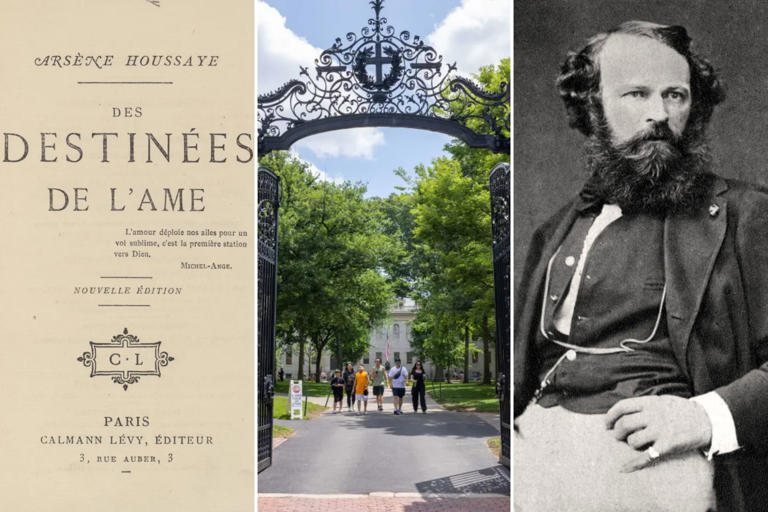

- Politics & Social Sciences

Enjoy fast, free delivery, exclusive deals, and award-winning movies & TV shows with Prime Try Prime and start saving today with fast, free delivery
Amazon Prime includes:
Fast, FREE Delivery is available to Prime members. To join, select "Try Amazon Prime and start saving today with Fast, FREE Delivery" below the Add to Cart button.
- Cardmembers earn 5% Back at Amazon.com with a Prime Credit Card.
- Unlimited Free Two-Day Delivery
- Streaming of thousands of movies and TV shows with limited ads on Prime Video.
- A Kindle book to borrow for free each month - with no due dates
- Listen to over 2 million songs and hundreds of playlists
- Unlimited photo storage with anywhere access
Important: Your credit card will NOT be charged when you start your free trial or if you cancel during the trial period. If you're happy with Amazon Prime, do nothing. At the end of the free trial, your membership will automatically upgrade to a monthly membership.
Buy new: $14.15 $14.15 FREE delivery: Friday, April 5 on orders over $35.00 shipped by Amazon. Ships from: Amazon.com Sold by: Amazon.com
Return this item for free.
Free returns are available for the shipping address you chose. You can return the item for any reason in new and unused condition: no shipping charges
- Go to your orders and start the return
- Select the return method
Buy used: $7.44
Fulfillment by Amazon (FBA) is a service we offer sellers that lets them store their products in Amazon's fulfillment centers, and we directly pack, ship, and provide customer service for these products. Something we hope you'll especially enjoy: FBA items qualify for FREE Shipping and Amazon Prime.
If you're a seller, Fulfillment by Amazon can help you grow your business. Learn more about the program.

Download the free Kindle app and start reading Kindle books instantly on your smartphone, tablet, or computer - no Kindle device required .
Read instantly on your browser with Kindle for Web.
Using your mobile phone camera - scan the code below and download the Kindle app.

Image Unavailable

- To view this video download Flash Player
Follow the author

Nature and Selected Essays (Penguin Classics) Paperback – May 27, 2003
Purchase options and add-ons.
- Print length 352 pages
- Language English
- Publisher Penguin Classics
- Publication date May 27, 2003
- Dimensions 5.07 x 0.55 x 7.75 inches
- ISBN-10 9780142437629
- ISBN-13 978-0142437629
- See all details

Frequently bought together

Similar items that may ship from close to you

Editorial Reviews
About the author, product details.
- ASIN : 014243762X
- Publisher : Penguin Classics; Reissue edition (May 27, 2003)
- Language : English
- Paperback : 352 pages
- ISBN-10 : 9780142437629
- ISBN-13 : 978-0142437629
- Item Weight : 2.31 pounds
- Dimensions : 5.07 x 0.55 x 7.75 inches
- #207 in Essays (Books)
- #2,612 in Classic Literature & Fiction
- #6,043 in Literary Fiction (Books)
About the author
Ralph waldo emerson.
There are few people as quoted and quotable as Ralph Waldo Emerson, founder of the transcendental movement and author of classic essays as Self-Reliance, Nature, and The American Scholar. Emerson began his career as a Unitarian minister and later put those oratory skills to move us toward a better society. More remains written on him than by him.
Customer reviews
Customer Reviews, including Product Star Ratings help customers to learn more about the product and decide whether it is the right product for them.
To calculate the overall star rating and percentage breakdown by star, we don’t use a simple average. Instead, our system considers things like how recent a review is and if the reviewer bought the item on Amazon. It also analyzed reviews to verify trustworthiness.
Reviews with images

- Sort reviews by Top reviews Most recent Top reviews
Top reviews from the United States
There was a problem filtering reviews right now. please try again later..
Top reviews from other countries
- Amazon Newsletter
- About Amazon
- Accessibility
- Sustainability
- Press Center
- Investor Relations
- Amazon Devices
- Amazon Science
- Start Selling with Amazon
- Sell apps on Amazon
- Supply to Amazon
- Protect & Build Your Brand
- Become an Affiliate
- Become a Delivery Driver
- Start a Package Delivery Business
- Advertise Your Products
- Self-Publish with Us
- Host an Amazon Hub
- › See More Ways to Make Money
- Amazon Visa
- Amazon Store Card
- Amazon Secured Card
- Amazon Business Card
- Shop with Points
- Credit Card Marketplace
- Reload Your Balance
- Amazon Currency Converter
- Your Account
- Your Orders
- Shipping Rates & Policies
- Amazon Prime
- Returns & Replacements
- Manage Your Content and Devices
- Recalls and Product Safety Alerts
- Conditions of Use
- Privacy Notice
- Consumer Health Data Privacy Disclosure
- Your Ads Privacy Choices

Bill Belichick planning to write book, nature of which still unknown: Sources

Bill Belichick is planning on writing a book, according to officials briefed on his plans.
The nature of the book is not yet fully known. In light of how he was represented in Apple TV’s recent Patriots documentary , his side of his legendary nearly quarter-century run would be of great interest. However, Belichick may just write about his views on leadership or a topic in that genre.
Advertisement
The publisher considered the favorite, Simon & Schuster’s Avid Reader Press, has produced Patriots books previously.
“We’re going to respectfully decline comment,” David Kass, the imprint’s director of publicity said when asked specifically about Belichick’s forthcoming book.
Belichick’s representative did not return calls.

Free, daily sports updates direct to your inbox. Sign up
After nearly a quarter century as the Patriots coach, Belichick, 71, was a candidate for the Atlanta Falcons’ job that went to Raheem Morris.
While Belichick may eventually return to coaching, he is talking to networks about broadcasting jobs. In meetings, he has told executives he is disinclined to be on a weekly pregame set.

Why Bill Belichick, perhaps the greatest coach in NFL history, didn't land a job
A deal with ESPN, Peyton Manning’s Omaha Productions and NFL Films is one media combination that may work out. Pat McAfee has also expressed public interest in having him on his program. McAfee has paid people, like Aaron Rodgers and Nick Saban, seven figures for weekly appearances in the past.
Apple TV’s recent documentary about the Patriots, “The Dynasty,” has received criticism because of how it portrayed Belichick, including from ex-players like Devin McCourty and Rodney Harrison. New England owner Robert Kraft expressed disapproval of the series for not focusing enough on the winning.
While Kraft didn’t point it out, many reviews have mentioned that Belichick failed to receive the credit for being the coach of the incredible run that included six Super Bowls.
Belichick and the Patriots’ dynasty have already been chronicled in many books. Most notably, Ian O’Connor’s New York Times best-seller, “Belichick,” authoritatively detailed the legendary coach’s life. Belichick did not participate with O’Connor on the book.
Required reading
- Patriots ‘Dynasty’ documentary reveals how bad Brady-Belichick relationship had gotten
- Julian Edelman, Matthew Slater among former Patriots unhappy with ‘The Dynasty’s’ portrayal of Bill Belichick
- Inside Bill Belichick’s downfall after 24 years, 6 titles with the Patriots
(Photo: Joseph Prezioso / AFP via Getty Images)
Get all-access to exclusive stories.
Subscribe to The Athletic for in-depth coverage of your favorite players, teams, leagues and clubs. Try a week on us.

Andrew Marchand is a Sr. Sports Media Columnist for The Athletic. He previously worked for the New York Post and ESPN, where he predominantly covered sports media and baseball. In 2023, Marchand was named one of five finalists for The Big Lead's "Insider of the Year" in all of sports.
- Share full article
Advertisement
Supported by
Guest Essay
The One Idea That Could Save American Democracy

By Astra Taylor and Leah Hunt-Hendrix
Ms. Taylor and Ms. Hunt-Hendrix are political organizers and the authors of the book “Solidarity: The Past, Present, and Future of a World-Changing Idea.”
These days, we often hear that democracy is on the ballot. And there’s a truth to that: Winning elections is critical, especially as liberal and progressive forces try to fend off radical right-wing movements. But the democratic crisis that our society faces will not be solved by voting alone. We need to do more than defeat Donald Trump and his allies — we need to make cultivating solidarity a national priority.
For years, solidarity’s strongest associations have been with the left and the labor movement — a term invoked at protests and on picket lines. But its roots are much deeper, and its potential implications far more profound, than we typically assume. Though we rarely speak about it as such, solidarity is a concept as fundamental to democracy as its better-known cousins: equality, freedom and justice. Solidarity is simultaneously a bond that holds society together and a force that propels it forward. After all, when people feel connected, they are more willing to work together, to share resources and to have one another’s backs. Solidarity weaves us into a larger and more resilient “we” through the precious and powerful sense that even though we are different, our lives and our fates are connected.
We have both spent years working as organizers and activists . If our experience has taught us anything, it is that a sense of connection and mutualism is rarely spontaneous. It must be nurtured and sustained. Without robust and effective organizations and institutions to cultivate and maintain solidarity, it weakens and democracy falters. We become more atomized and isolated, suspicious and susceptible to misinformation, more disengaged and cynical, and easily pitted against one another.
Democracy’s opponents know this. That’s why they invest huge amounts of energy and resources to sabotage transformative, democratic solidarity and to nurture exclusionary and reactionary forms of group identity. Enraged at a decade of social movements and the long-overdue revival of organized labor, right-wing strategists and their corporate backers have redoubled their efforts to divide and conquer the American public, inflaming group resentments in order to restore traditional social hierarchies and ensure that plutocrats maintain their hold on wealth and power. In white papers, stump speeches and podcasts, conservative ideologues have laid out their vision for capturing the state and using it as a tool to remake our country in their image.
If we do not prioritize solidarity, this dangerous and anti-democratic project will succeed. Far more than just a slogan or hashtag, solidarity can orient us toward a future worth fighting for, providing the basis of a credible and galvanizing plan for democratic renewal. Instead of the 20th-century ideal of a welfare state, we should try to imagine a solidarity state.
We urgently need a countervision of what government can and should be, and how public resources and infrastructure can be deployed to foster social connection and repair the social fabric so that democracy can have a chance not just to limp along, but to flourish. Solidarity, here, is both a goal worth reaching toward and the method of building the power to achieve it. It is both means and ends, the forging of social bonds so that we can become strong enough to shift policy together.
Historically, the question of solidarity has been raised during volatile junctures like the one we are living through. Contemporary conceptions of solidarity first took form after the democratic revolutions of the 18th century and over the course of the Industrial Revolution. As kings were deposed and the church’s role as a moral authority waned, philosophers and citizens wondered how society could cohere without a monarch or god. What could bind people in a secular, pluralistic age?
The 19th-century thinkers who began seriously contemplating and writing about the idea of solidarity often used the image of the human body, where different parts work in tandem. Most famously, the French sociologist Émile Durkheim put solidarity at the center of his inquiry, arguing that as society increased in complexity, social bonds between people would strengthen, each person playing a specialized role while connected to a larger whole. Solidarity and social cohesion, he argued, would be the natural result of increasing social and economic interdependence. But as Durkheim himself would eventually recognize, the industrial economy that he initially imagined would generate solidarity would actually serve to weaken its fragile ties, fostering what he called anomie, the corrosive hopelessness that accompanied growing inequality.
In the United States, solidarity never achieved the same intellectual cachet as in Europe. Since this nation’s founding, the concept has generally been neglected, and the practice actively suppressed and even criminalized. Attempts to forge cross-racial solidarity have met with violent suppression time and again, and labor organizing, effectively outlawed until the New Deal era, still occupies hostile legal ground. Decades of market-friendly policies, promoted by Republicans and Democrats alike, have undermined solidarity in ways both subtle and overt, from encouraging us to see ourselves as individual consumers rather than citizens to fostering individualism and competition over collectivity and cooperation.
As our profit-driven economy has made us more insecure and atomized — and more susceptible to authoritarian appeals — the far right has seized its opportunity. A furious backlash now rises to cut down the shoots of solidarity that sprung up as a result of recent movements pushing for economic, racial, environmental and gender justice. In response, programs that encourage diversity and inclusion are being targeted by billionaire investors, while small acts of solidarity — like helping someone get an abortion or bailing protesters out of jail — have been criminalized.
Awaiting the return of Mr. Trump, the Heritage Foundation has mapped out a plan to remake government and society, using the full power of the state to roll back what it calls “the Great Awokening” and restore a Judeo-Christian, capitalist “culture of life” and “blessedness.” “Woke” has been turned into a pejorative so that the word can be wielded to tarnish and break the solidarity that people have only just begun to experience.
Our vision of a solidarity state offers a pointed rejoinder to this project. Social democrats and socialists have been right to emphasize the need for redistribution and robust public investment in goods and services. We must restructure our economy so that it works for the many and not the few. But unlike conservatives — think, for example, of Margaret Thatcher, the prime minister of Britain who in 1981 said, “Economics are the method; the object is to change the heart and soul” — liberals and leftists have tended to downplay the role of policy in shaping public sensibilities. This is a mistake.
Laws and social programs not only shape material outcomes; they also shape us, informing public perceptions and preferences, and generating what scholars call policy feedback loops. There is no neutral state to aspire to. Policies can either foster solidarity and help repair the divides that separate us or deepen the fissures.
Today, the American welfare state too often does the latter. As sociologists including Suzanne Mettler and Matthew Desmond have detailed, lower-income people tend to be stigmatized for needing assistance, while more-affluent citizens reap a range of benefits that are comparatively invisible, mainly through tax credits and tax breaks. Both arrangements — the highly visible and stigmatized aid to the poor and the more invisible and socially acceptable aid to the affluent — serve to foster resentment and obscure how we are all dependent on the state in various ways.
Instead of treating citizens as passive and isolated recipients of services delivered from on high, a solidarity state would experiment with creative ways of fostering connection and participation at every opportunity for more Americans. What if we had basic guarantees that were universal rather than means-tested programs that distinguish between the deserving and undeserving, stigmatizing some and setting groups apart? What if, following the model of a widely admired program in Canada, the government aided groups of private citizens who want to sponsor and subsidize migrants and refugees? What if public schools, post offices, transit systems, parks, public utilities and jobs programs were explicitly designed to facilitate social connection and solidarity in addition to providing essential support and services?
We’ll get there only if we take up the challenge of building solidarity from wherever we happen to sit. Both means and end, solidarity can be a source of power, built through the day-to-day work of organizing, and our shared purpose. Solidarity is the essential and too often missing ingredient of today’s most important political project: not just saving democracy but creating an egalitarian, multiracial society that can guarantee each of us a dignified life.
Astra Taylor and Leah Hunt-Hendrix are political organizers and the authors of the book “Solidarity: The Past, Present, and Future of a World-Changing Idea.”
The Times is committed to publishing a diversity of letters to the editor. We’d like to hear what you think about this or any of our articles. Here are some tips . And here’s our email: [email protected] .
Follow the New York Times Opinion section on Facebook , Instagram , TikTok , WhatsApp , X and Threads .

IMAGES
VIDEO
COMMENTS
Here, Melissa Harrison—the novelist, nature writer and podcaster—recommends five of the best summer books, for those who like to read in step with the seasons. The best books of nature writing, as selected by the experts. Lyrical and immersive works of prose that showcase the wonder of the natural world.
The essays in this year's Best American Science and Nature Writing brought clarity to the complexity and bewilderment of 2020 and delivered us necessary information during a global pandemic. From an in-depth look at the moment of the virus's outbreak, to a harrowing personal account of lingering Covid symptoms, to a thoughtful analysis on ...
Principal among these are any of the books written by the magus of human experience in the wild, Jay Griffiths. From Wild, to Kith, to Why Rebel, her latest collection of essays, there is an ...
#110 in Science Essays & Commentary (Books) #184 in Nature Writing & Essays #621 in Essays (Books) Customer Reviews: 4.2 4.2 out of 5 stars 97 ratings. Brief content visible, double tap to read full content. Full content visible, double tap to read brief content. Videos.
Amazon.com: The Best American Science and Nature Writing 2023: 9780063293212: Zimmer, Carl, Green, Jaime: Books ... (Books) #36 in Nature Writing & Essays #124 in Essays (Books) Customer Reviews: 4.0 4.0 out of 5 stars 29 ratings. Brief content visible, double tap to read full content.
Released in the same year as Max Porter's Grief is the Thing with The Feathers, it begun a trend of books which look to animals and nature for answers on life and death. 3 Out of the Woods by Luke ...
Award-winning writer, columnist, and journalists Carl Zimmer selects twenty science and nature essays that represent the best examples of the form published in 2022. "What's most compelling about a scientific story is the way it challenges us to think about the concepts we take for granted," writes guest editor Carl Zimmer in his introduction.
Sat 28 Nov 2020 04.00 EST. Diary of a Young Naturalist. by Dara McAnulty (Little Toller) A 15-year-old boy's diary of wildlife around his home sounds unremarkable, but Dara McAnulty's debut ...
Nature writing has grown in popularity as a genre in recent years, but writing about nature in general can also be a great creative exercise, as it encourages you to observe details and put those observations into words. You can use these tips to practice nature writing: 1. Always keep a notebook handy. The first thing you want to do is ensure ...
10+ in stock. Usually dispatched within 2-3 working days. Beautifully blending memoir, nature writing and manifesto, The Easternmost Sky takes the farmlands and nature reserves of the Suffolk coast as its focal point to meditate upon climate change and its wide-reaching effects on our future. Add to basket.
7. Small Bodies of Water by Nina Mingya Powles. A series of loosely connected essays, Small Bodies of Water's luscious prose flows deftly between moments in the author's international life ...
By Dr Oliver Tearle (Loughborough University) 'Nature' is an 1836 essay by the American writer and thinker Ralph Waldo Emerson (1803-82). In this essay, Emerson explores the relationship between nature and humankind, arguing that if we approach nature with a poet's eye, and a pure spirit, we will find the wonders of nature revealed to us.
About Nature and Selected Essays. An indispensible look at Emerson's influential life philosophy Through his writing and his own personal philosophy, Ralph Waldo Emerson unburdened his young country of Europe's traditional sense of history and showed Americans how to be creators of their own circumstances. His mandate, which called for ...
A collection of essays from the father of the American transcendentalism, including "Nature," "Self-Reliance," "Love," and "Art."Ralph Waldo Emerson's famous essay "Nature" declared that understanding nature was the key to understanding God and reality, and laid the groundwork for transcendentalism. His legacy of boldly questioning the doctrine of his day and connecting ...
Brian Doyle (1956-2017) was the longtime editor of Portland Magazine at the University of Portland, in Oregon. He was the author of six collections of essays, two nonfiction books, two collections of "proems," the short story collection Bin Laden's Bald Spot, the novella Cat's Foot, and the novels Mink River , The Plover, and Martin Marten.
Nature and Selected Essays by. Ralph Waldo Emerson. 4.13 avg rating — 2,141 ratings. ... Missing one of my favourite nature books: Tropical Nature: Life and Death in the Rain Forests of Central and South America by Adrian Forsyth, Ken Miyata with illustrations by Sarah Landry. Frommers guide to Costa Rica recommended this book and I read it ...
The Nature Fix: Why Nature Makes Us Happier, Healthier, and More Creative. 1,463. 1495. $16.95. The World-Ending Fire: The Essential Wendell Berry. 506. 699. I Spy Autumn Book For Kids Ages 2-5: Let's Play I Spy Fall Book Seasonal Activity Book For Preschoolers & Toddlers Guessing Game Alphabet A-Z Book For 2-5 Year Olds. 29.
Nature. (essay) Nature is a book-length essay written by Ralph Waldo Emerson, published by James Munroe and Company in 1836. [1] In the essay Emerson put forth the foundation of transcendentalism, a belief system that espouses a non-traditional appreciation of nature. [2] Transcendentalism suggests that the divine, or God, suffuses nature, and ...
Nature is a setting that fits equally well a comic or a. mourning piece. In good health, the air is a cordial of incredible virtue. Crossing a bare. common, in snow puddles, at twilight, under a clouded sky, without having in my thoughts. any occurrence of special good fortune, I have enjoyed a perfect exhilaration.
In her first essay collection, Becca Rothfeld demonstrates that sometimes, more really is more. By David Gates David Gates teaches in the M.F.A. program at St. Joseph's University. ALL THINGS ...
Crafting the arguments in "You Get What You Pay For," her first essay collection, "felt like pulling apart a long piece of taffy," says the author of "Magical Negro."
The original goal of the AI field was to create machines with general intelligence comparable to that of humans. Early AI pioneers were optimistic: In 1965, Herbert Simon predicted in his book The Shape of Automation for Men and Management that "machines will be capable, within twenty years, of doing any work that a man can do," and, in a 1970 issue of Life magazine, Marvin Minsky is ...
In nonfiction, we recommend a painter's memoir, a group biography of three jazz giants, a posthumous essay collection by the great critic Joan Acocella and a journalist's look at American ...
Without a Career. (Nature Book Series) Scott Stillman. 4.6 out of 5 stars ... Most Wished For in Nature Writing & Essays. Gift Ideas in Nature Writing & Essays
The National Park Service (NPS) recently remastered its popular posters that bring the beauty of America's national parks to life, showcasing stunning art by the iconic artist Charley Harper. Charley Harper was an American mid-century modern artist recognized for his bold, graphic style and nature illustrations. Harper created fascinating artwork for a series of ten…
Don't judge a book by its cover — unless, of course, it's made from human skin. Harvard University announced it removed a binding made of the skin of a deceased woman from the 19th-century ...
Emerson: Essays and Lectures: Nature: Addresses and Lectures / Essays: First and Second Series / Representative Men / English Traits / The Conduct of Life (Library of America) Ralph Waldo Emerson 4.7 out of 5 stars 219
The publisher considered the favorite, Simon & Schuster's Avid Reader Press, has produced Patriots books previously. "We're going to respectfully decline comment," David Kass, the imprint ...
Ms. Taylor and Ms. Hunt-Hendrix are political organizers and the authors of the book "Solidarity: The Past, Present, and Future of a World-Changing Idea." These days, we often hear that ...